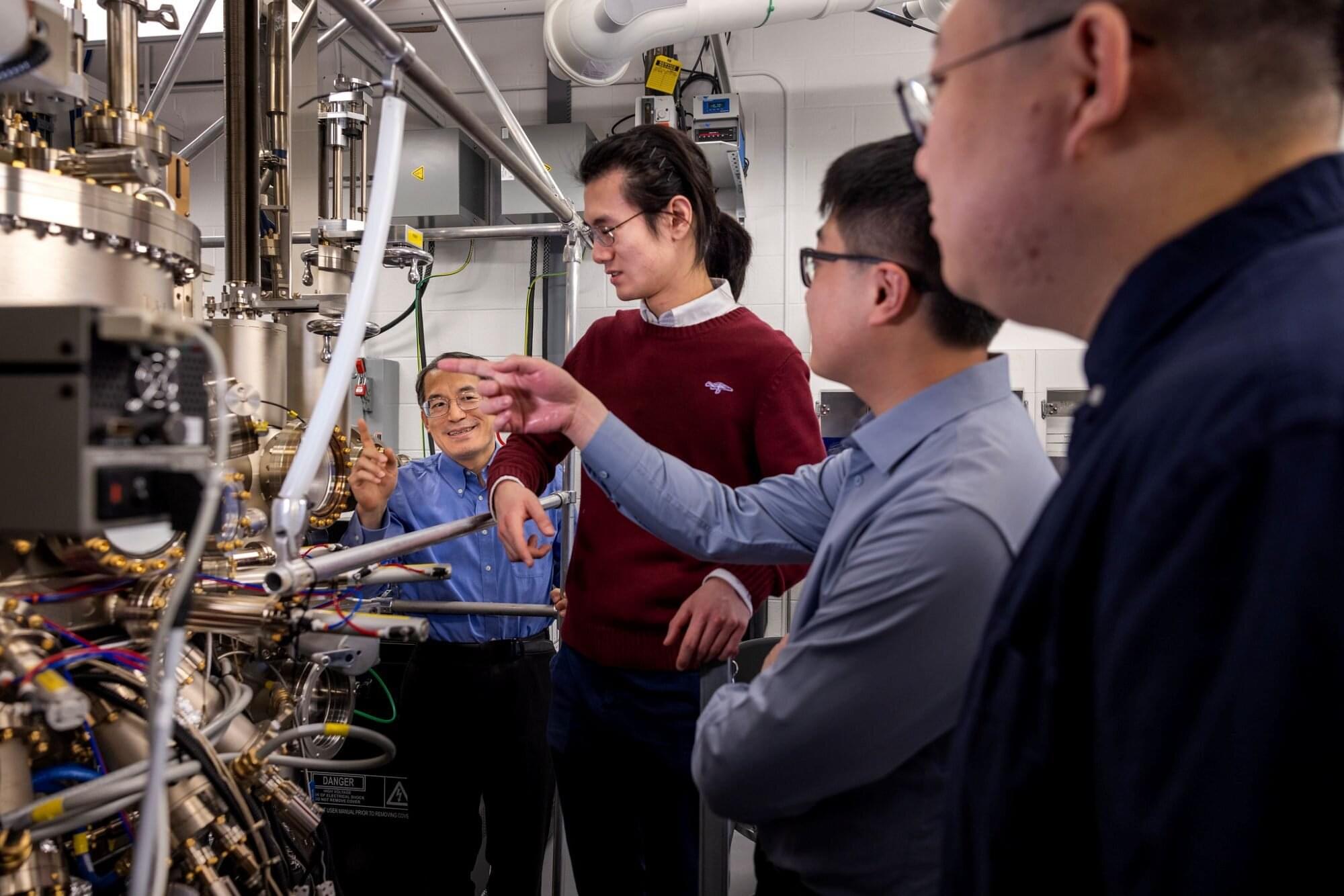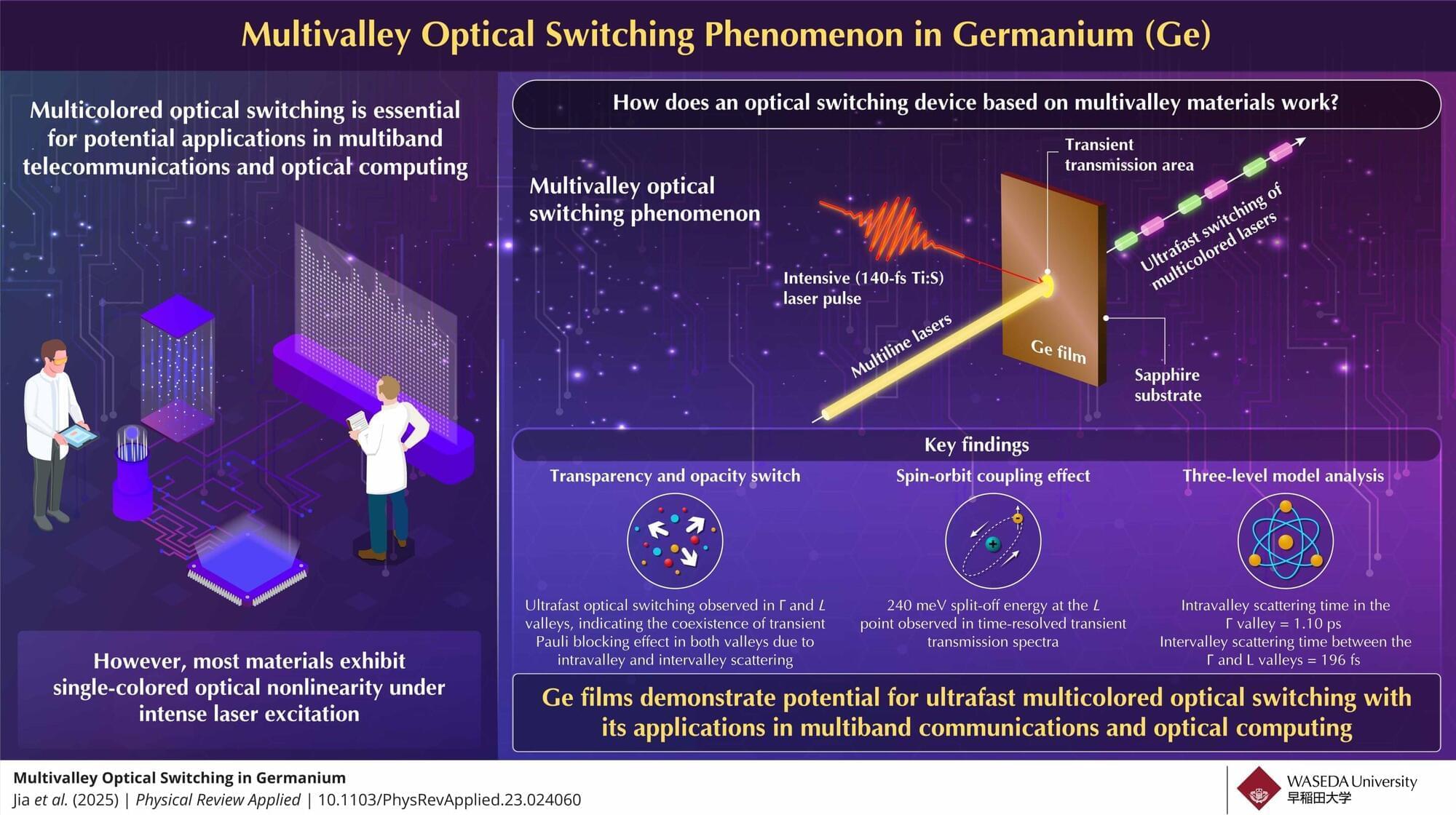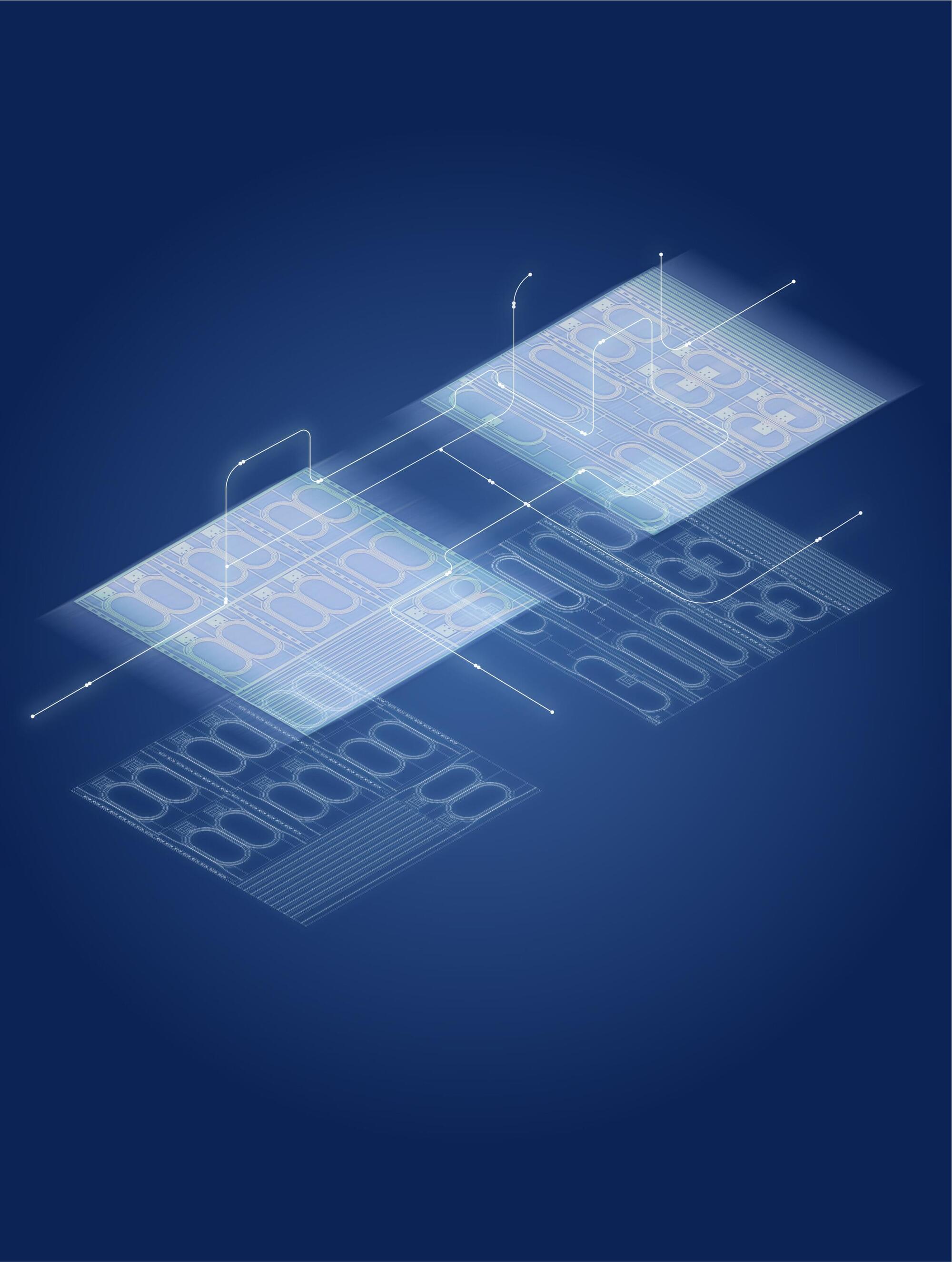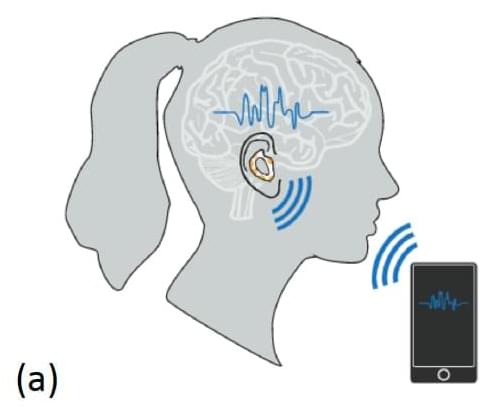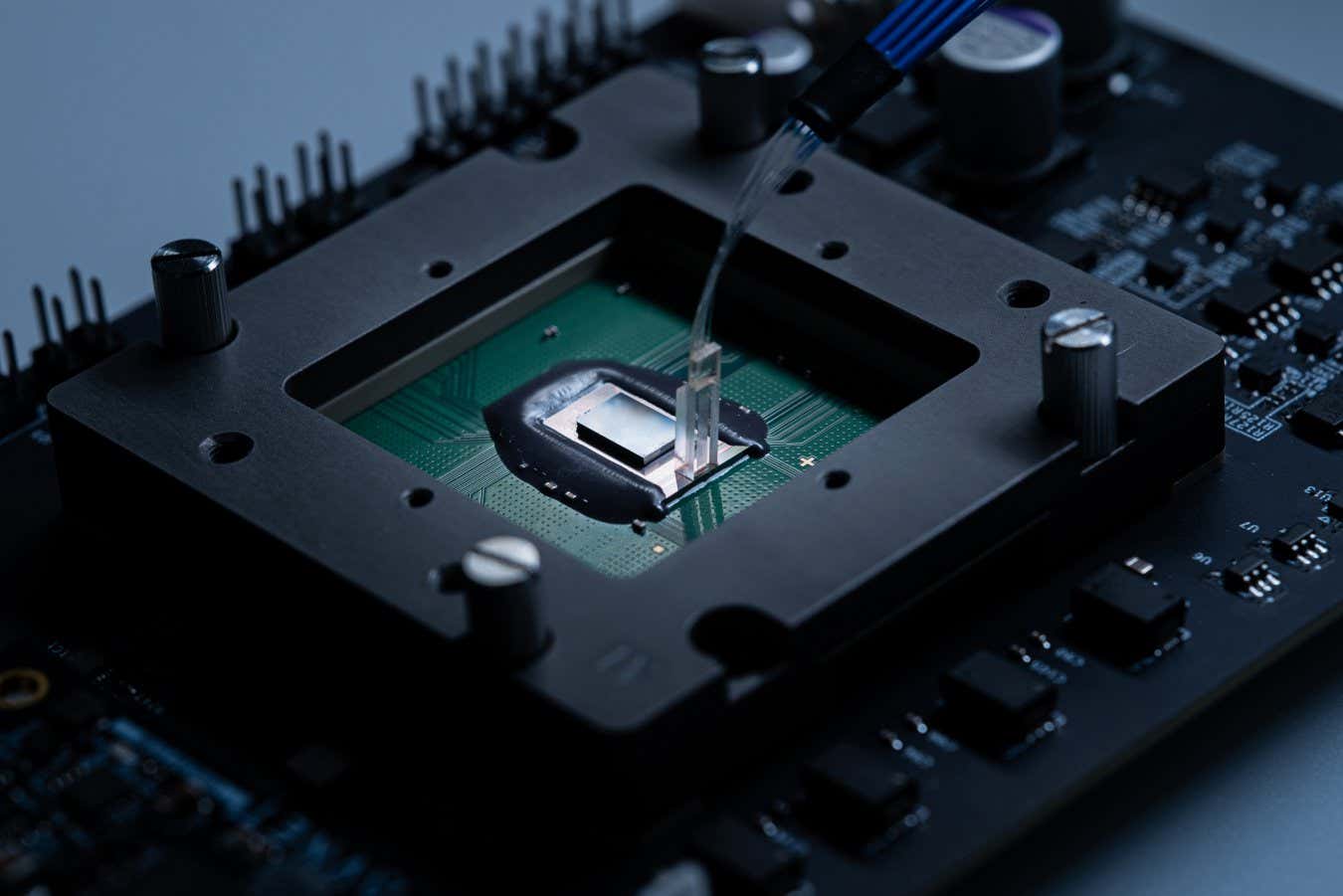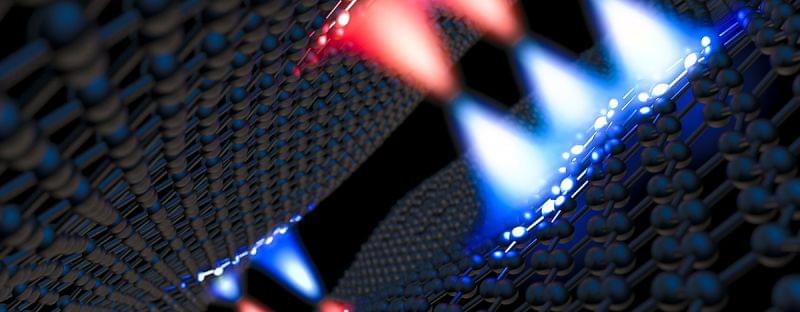Over the past decades, researchers have been trying to develop increasingly advanced and powerful quantum computers, which could outperform classical computers on some tasks. To attain this, they have been trying to identify new ways to store and manipulate qubits, which are the fundamental units of information in quantum computing systems.
So far, most studies have developed quantum systems that store qubits using superconducting materials, trapped ions, and the spin of electrons confined in quantum dots (i.e., tiny semiconductor-based structures).
Another promising and yet so far rarely explored platform for the storage and manipulation of qubits relies on polar polyatomic molecules, which are molecules with more than two atoms and an uneven distribution of electric charge.


